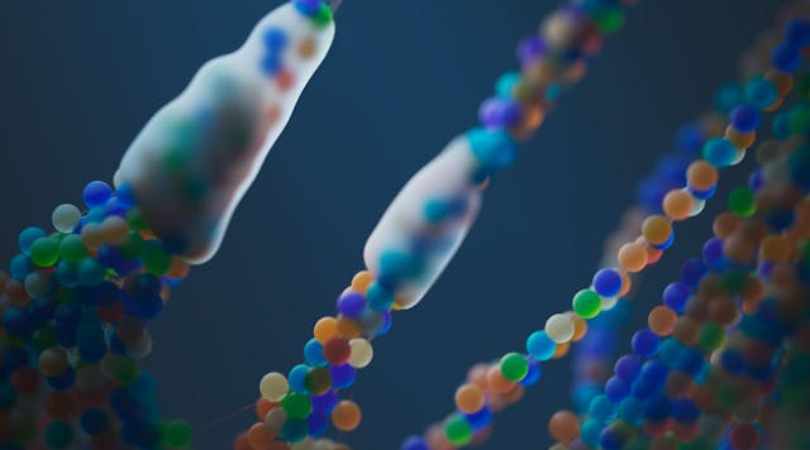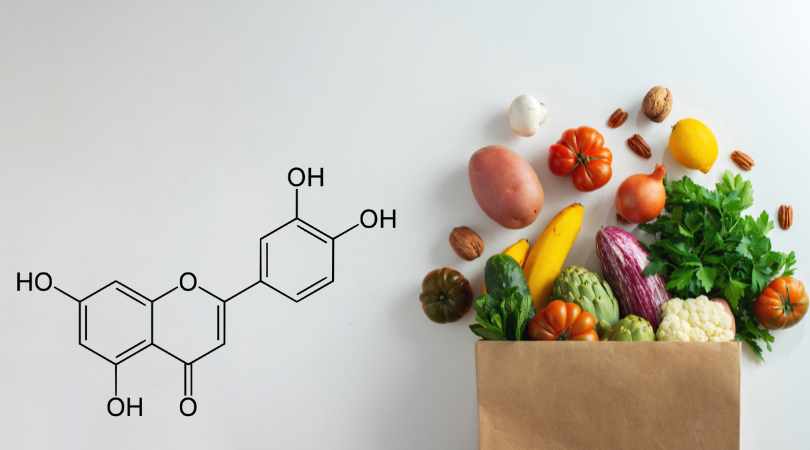Scientists have successfully restored the lost uricase enzyme, a key breakthrough in combating fructose-induced fat formation. This discovery offers new hope for preventing obesity and metabolic disorders by targeting how the body processes sugar and stores fat.
Limited Quantities Available! Order Today and Enjoy Free Shipping on Orders Over $100!
Low Carb Diets Made Easy: Understanding Carbs and Mastering a Low Glycemic Lifestyle

Are you ready to embark on a journey towards a healthier, more balanced lifestyle? One effective approach gaining popularity is the low carb diet. By understanding where carbs are found and the concept of a high glycemic load, you can make informed choices to support your weight loss goals and overall well-being. In this article, we’ll guide you through the essentials of low carb diets, including cooking tips, food examples, and the role of supplements in reducing glycemic load and aiding weight loss.
Understanding Carbs and High Glycemic Load
Carbohydrates are found in various foods and serve as a primary source of energy for our bodies. However, not all carbs are created equal. The glycemic load of a food measures how quickly it raises blood sugar levels. Foods with a high glycemic load cause a rapid spike in blood sugar, leading to insulin secretion and potential fructose synthesis. This can hinder weight loss efforts and contribute to various health issues.
Cooking in a Low or No-Carb Way
Adopting a low carb lifestyle doesn’t mean giving up delicious meals. It’s about making smarter choices and exploring alternative ingredients. Here are some examples of high glycemic foods to avoid and low glycemic alternatives to include in your diet:
- High Glycemic Foods: White bread, pasta, sugary drinks, potatoes, and processed snacks.
- Low Glycemic Foods: Leafy greens, cruciferous vegetables, lean proteins, healthy fats, and low-sugar fruits like berries.
By replacing high glycemic foods with their low glycemic counterparts, you can maintain stable blood sugar levels and encourage your body to use stored glycogen and fat for energy.
Easy and Delicious Low Carb, High Protein Meal
Here’s an example of a simple yet satisfying low carb meal:
Grilled Lemon Herb Chicken with Roasted Vegetables:
- Marinate chicken breast in a mixture of lemon juice, olive oil, minced garlic, and herbs.
- Grill the chicken until cooked through.
- Meanwhile, toss a variety of colorful vegetables like bell peppers, zucchini, and cauliflower in olive oil, salt, and pepper.
- Roast the vegetables in the oven until tender and slightly caramelized.
- Serve the grilled chicken alongside the roasted vegetables for a flavorful, low carb, high protein meal.
The Role of Supplements in Weight Loss
To enhance your weight loss journey, consider incorporating our supplements which can help reduce glycemic load and inhibit the metabolism of synthesized fructose. These supplements work in synergy with your low carb diet, optimizing cellular energy, promoting satiety, and supporting overall metabolic health.
Conclusion
Embracing a low carb lifestyle can be both rewarding and delicious. By understanding where carbs are found, the impact of high glycemic load, and adopting low glycemic alternatives, you can promote weight loss and improve your overall well-being. Don’t forget to explore our supplements which can further enhance your efforts by reducing glycemic load and inhibiting the metabolism of synthesized fructose. Remember, it’s about making sustainable choices that support your journey towards a healthier and happier you.
Disclaimer: Before making any significant changes to your diet or incorporating supplements, consult with your healthcare professional to ensure they align with your individual health needs and goals.
Appendix 1: Understanding Glycemic Load
Glycemic load takes into account the speed and serving size of carbohydrates, providing a more accurate picture of how they affect blood sugar levels. Foods with a high glycemic index may have a low glycemic load if consumed in smaller portions, while foods with a low glycemic index can have a high glycemic load if consumed in larger quantities. The following table will help understand the concept.
| Carbohydrate | Serving Size | Glycemic Index | Glycemic Load |
| Baked potato | 1 medium | 100 | 33 |
| Instant oatmeal | 1 cup | 83 | 30 |
| Cornflakes | 1 cup | 80 | 23 |
| Watermelon | 1 cup | 76 | 8 |
| White rice | 1 cup | 73 | 35 |
| White bread | 2 slices | 71 | 20 |
| Bagel | 1 bagel | 69 | 24 |
| Sweet corn | 1 corn | 60 | 20 |
| Pancake | 1 pancake | 70 | 39 |
| Bagel | 1 bagel | 69 | 24 |
| Sweet corn | 1 corn | 60 | 20 |
| Spaghetti | 1 cup | 48 | 20 |
Disclaimer: The information in this blog reflects personal opinions, experiences, and emerging research. It is not intended as medical or professional advice and should not replace consultation with qualified professionals. The accuracy of this content is not guaranteed. Always seek guidance from a licensed expert before making any health-related decisions.


Chris | 🔬 Founder of LIV3 Health
⚡ A keen researcher dedicated to uncovering the root causes of metabolic dysfunction, the key driver of chronic conditions behind 70% of global deaths. His findings led to science-backed, natural solutions designed to inhibit fructose metabolism.
📢 Follow me on Reddit for insights on metabolic health and the future of wellness! -






